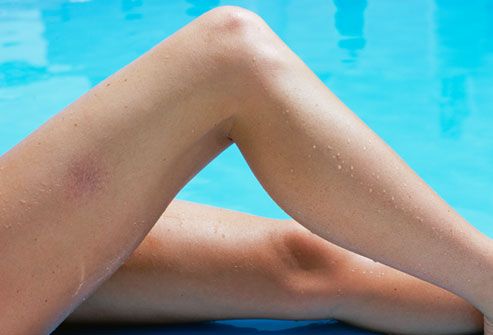Varicose Veins

Varicose veins are caused by the pressure exerted on the legs, which causes the walls of blood vessels to weaken over time. For many people, varicose veins are an unsightly nuisance that not only reduces the quality of life, but causes pain and discomfort, and in extreme cases, skin sores and ulcers. If you’re looking for vein treatment in Plano, contact Dr. Rishin Shah, MD, for the most minimally invasive procedures to prevent varicose veins.
Preventive Health Measures
Be aware of your risk factors. Some people are more prone to developing varicose veins than others. Understanding your risk factors will put you in a better position to take care of yourself. Regular exercises, healthy dieting and maintaining weight help ward off the chances of developing varicose veins. Some of the common risk factors include age, gender, genetics, obesity, lack of movement and leg trauma.
Aging causes veins to lose elasticity. When this happens, the valves stop functioning properly causing varicose veins to develop. With gender, the hormonal changes that women experience during pregnancy and menopause make women more susceptible to varicose veins. Genetics also plays a big role where your chances of getting varicose veins increase if a close member of your family has the disease. With obesity, the extra weight puts a lot of pressure on your veins, which can cause the disease. Lack of movement is also a risk factor as standing or sitting for extended periods of time places you at a greater risk of developing varicose veins. Lastly, previous injuries or trauma may cause blood clots, which puts you at a higher risk of getting the disease.
Caring for Your Legs
The easiest way to care for your legs is to avoid prolonged standing. This helps reduce venous pressure in the legs and feet, which weakens the walls of blood vessels contributing to the development of varicose veins. If you already had the disorder, prolonged standing worsens it. If standing for long periods of time is part of your job, mitigate harm by shifting positions as frequently as you can, and trying to walk as often as possible. When sitting, sit up straight without crossing your legs. Avoid slouching or sitting for long stretches of time without taking a break, as this may restrict blood flow to and from the legs.
In addition to that, keep your legs elevated above your heart when sitting or sleeping to improve blood circulation and reduce pressure. Avoid tight-fitted clothes, especially clothing that’s tight around your waist, groin area, and legs. Tight clothing worsens varicose veins.
Medical Treatment
Although varicose veins rarely cause serious health problems, it can cause pain, discomfort, and embarrassment. Recognizing symptoms of the disease is the first step towards treatment. Common symptoms include throbbing, fidgety legs, irritation, darkened skin, feeling of heaviness and aching in the legs. Make an immediate appointment with the doctor if you notice a sudden swelling in the legs, redness around the veins, bleeding open sores or a change in skin thickness.
If home remedies don’t work, consult with your doctor about advanced options such as sclerotherapy, laser surgery, endovenous techniques, and surgeries. Sclerotherapy is the most common treatment which involves injecting chemicals into the veins. Laser surgery is not effective for large veins. Veins larger than 3 millimeters can be treated by surgery or other endovenous techniques.